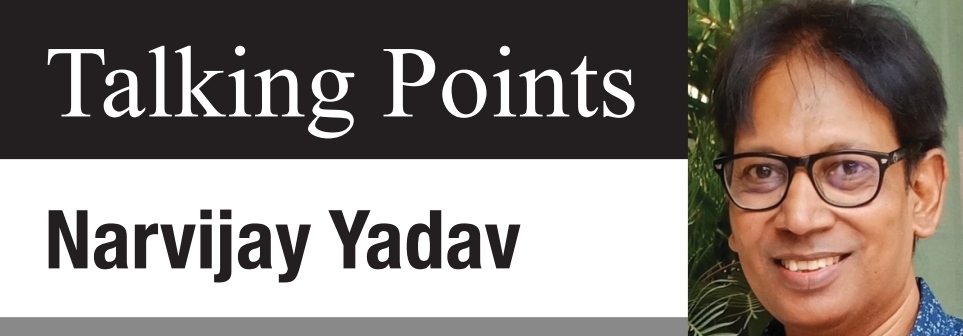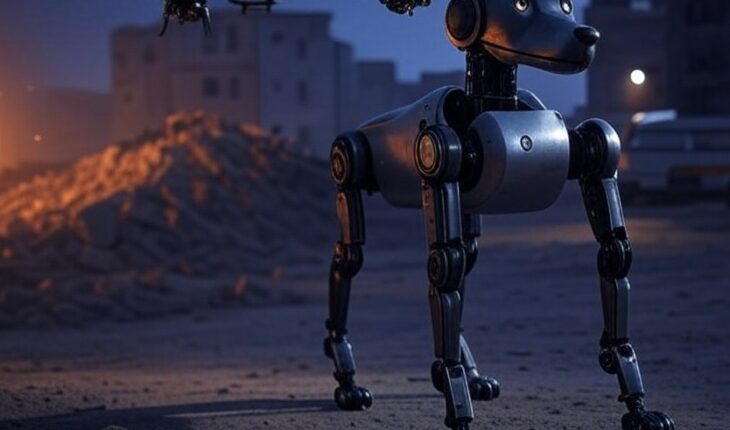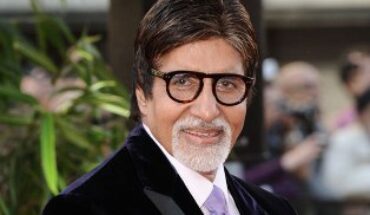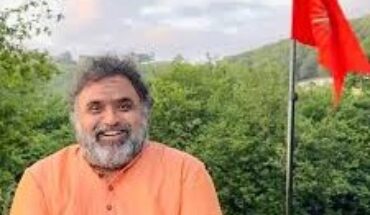In high-stakes operations, robotic advancements like MULE and nano-drones save lives, offering Indian Army jawans critical support, reducing risks, and enhancing efficiency in treacherous terrains.

The Myanmar earthquake of April 2025 shook the ground like a vengeful giant, leaving rubble and despair in its wake. In a ravaged village near Mandalay, Indian Army jawan Ranveer Singh, 24, stood at the edge of a collapsed school, his heart racing. As part of Operation Brahma, he was tasked with search and rescue, but the unstable debris screamed danger. Dust stung his eyes, and the air smelled of concrete and fear. Yet, Ranveer wasn’t alone; beside him hummed Sanjay, a robotic MULE (Multi-Utility Legged Equipment), its four legs steady on the jagged terrain.
Ranveer, a lean soldier from Western Uttar Pradesh, had trained with Sanjay for months. The sleek, black robot, weighing 51 kilos, was no ordinary machine. Equipped with thermal cameras and sensors, it could sniff out survivors under rubble, climb stairs, and dodge obstacles in temperatures from -40 to 55 degrees Celsius. “You’re my brother now,” Ranveer often joked, patting its metal frame. Today, that bond was his lifeline. As he guided Sanjay via a handheld remote, its sensors scanned the wreckage, beaming real-time data to his tablet. A faint heat signature flickered – someone was alive. “Go, boy!” Ranveer urged, and the robot navigated a crumbled wall, its legs whirring softly.
Above, nano-drones buzzed like fireflies, another marvel of India’s robotics surge. These tiny machines, barely bigger than a sparrow, mapped the disaster zone, dodging gusts to relay 3D images of unstable structures. Ranveer’s headset crackled with updates from his team, coordinating based on the drones’ feed. “Clear path on the left,” a voice confirmed. Without these robots, he’d be crawling blindly into the rubble, risking his life with every step. Instead, Sanjay took the lead, its electro-optics spotting cracks no human eye could catch. Ranveer followed, pulling a trapped child to safety minutes later. The boy’s faint smile felt like a medal.
Back at base, Ranveer marveled at the tech’s precision. India’s robotics had come far; Sanjay wasn’t just a mule but a guardian, born from firms like AeroArc and DRDO’s labs. He thought of Sophia, the humanoid robot he’d seen at a Delhi expo, chatting like a Bollywood star. If Sophia could mimic Shah Rukh Khan’s charm, surely robots like Sanjay could redefine warfare and rescue. In Kashmir’s snowy peaks, MULEs carried ammo through blizzards; in jungles, they hunted terrorists’ hideouts. “They don’t tire, don’t fear,” Ranveer told a rookie, pride swelling. Last month, a MULE had spotted an IED, saving his squad. Today, it saved a child. Tomorrow, who knew?
Night fell, and Ranveer cleaned Sanjay’s sensors, grateful for its steel heart. The earthquake’s chaos wasn’t over, but he felt unstoppable with robots at his side. His radio hummed with the news: more drones were en route. Ranveer grinned, picturing his village elders’ awe at these “iron dogs.” The Army was evolving, and he was its pulse, safer because of machines that took the hits he once did.
Points to Ponder:
Robotic advancements like MULE and nano-drones are game-changers, but stakeholders – the military, developers, and policymakers – must act wisely. Soldiers need rigorous training to sync seamlessly with robots. Developers should prioritize durability and AI ethics, ensuring machines like Sanjay remain tools, not threats. Policymakers must fund Indigenous R&D to rival global leaders, fostering startups like Edith Defence. Collaboration can make India’s robotic future a shield for jawans like Ranveer, saving lives while securing borders. Together, let’s build a safer tomorrow.
The writer is a senior journalist and author. Views expressed are personal.
Email: narvijayindia@gmail.com





